You want to give your indoor plants a boost, but it seems silly to buy expensive plant lights if regular LEDs work just as well. However, do regular LED lights work to grow plants?
Regular LED lights can’t be used as grow lights, even though they may emit some of the wavelengths necessary for plants. Regular LED lights don’t emit enough of the light that plants require. Plant growth primarily requires red & blue light, which LED grow lights are designed to maximize.
The following article will discuss why regular LED lights are not the best lights to grow plants with and how much you can expect your plants to grow if you only use regular LEDs. We will also recommend what to look for in an LED light you intend to grow plants with.
What Is a LED Light?
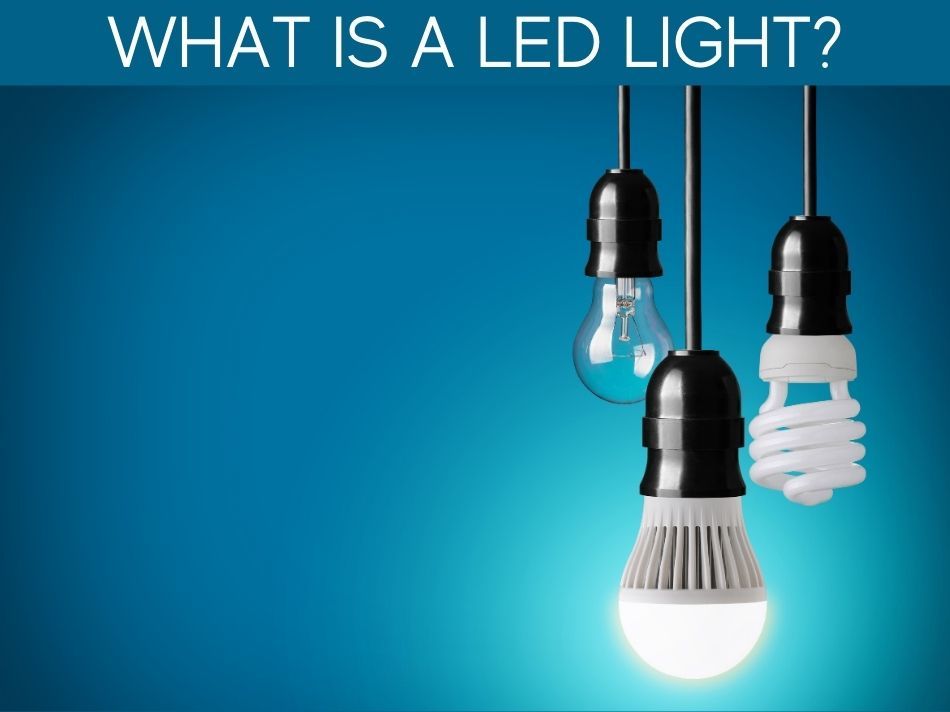
An LED, or Light Emitting Diode, is a very small metal piece that conducts electricity well. When electrical currents are run through the diodes, photons are released. Those photons are the visible light that our eyes see.
LEDs are MUCH more efficient than incandescent light bulbs. In fact, LEDs use 75-80% less energy AND last 25 times longer than traditional incandescent light bulbs.
Incandescent light bulbs produce light by heating a metal filament with electricity. As the filament gets hot, it emits light, which is much less efficient, using more energy and having a shorter lifespan.
What Is a Grow Light LED?
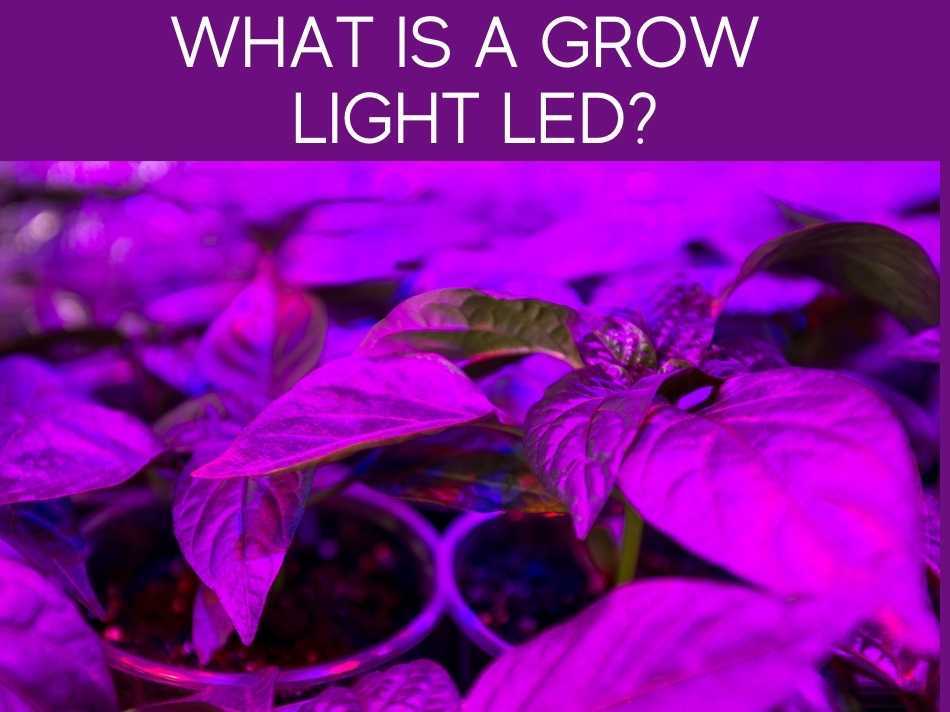
Grow lights are LED lights that are designed to emit specific wavelengths of light that mimic the spectrum of the sun.
By combining different colors of lights, plants are provided with an imitation of natural light that allows them to grow.
The main colors of lights used for plant growth are blue and red.
Green light is mostly reflected–that’s why plants look green to us. However, green light does play a role in photosynthesis & regulating plant architecture.
You’ll often find grow lights that can rotate between different colors depending on what phase of growth the plant is in. Manufacturers can combine all three colors to make white light.
Using a Regular LED as a Grow Light
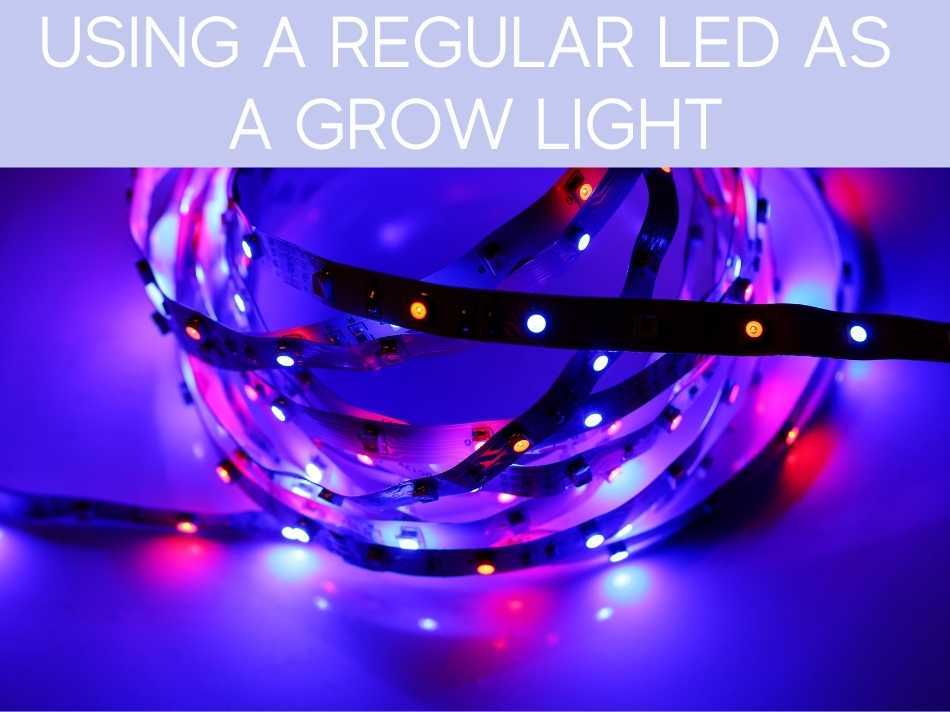
LEDs combine red, blue, and green light to produce white light. White or warm-white lights are used for residential and commercial lighting. These lights have a combination of red, blue, and green lights to produce the desired color.
As red, blue, and green lights enable plant growth, you can assume that any standard LED will provide at least some of the required light spectrum to grow.
However, the amount of each red, blue, and green light within the LED will be unknown and the odds that it will just so happen to have the proper ratio of the colors used for growth is extremely low.
Can Plants Grow With LED Lights?
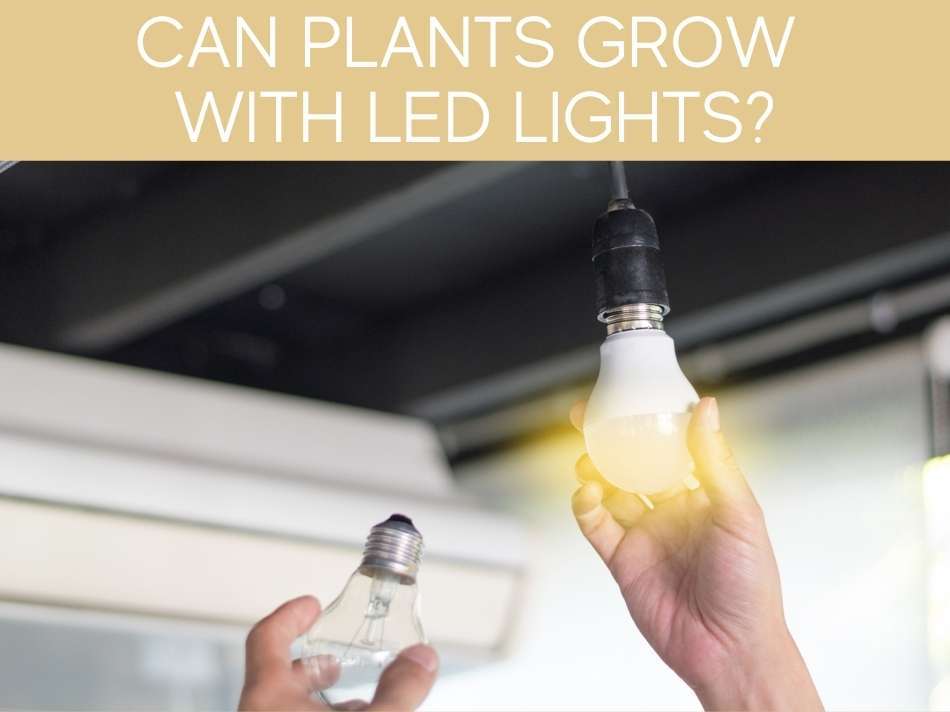
Standard LED lights are not ideal for plant growth because the colors used are attuned to the human eye, not vegetation. Plants require red, blue, and green lights in particular ratios to grow.
A study by Michigan State University found that red light is the light most efficiently used by plants. This means that they absorb and use red light very quickly.
If you want your plants to grow taller, faster, using 100% red LEDs will encourage this.
Blue light alone is not effective in plants’ growth, but if you combine 50% blue light and 50% red light, you can see some growth, but not nearly as much as all red light.
The combination of blue and red light creates a purple hue, so many grow lights emit a violet shade.
Green light alone is also not effective in plant growth, and green is the color least absorbed by plants; they reflect a good majority of green light.
However, 50% green light combined with 50% red light still produces promising results in plant development and is more effective than 50% red and 50% blue.
So: Do plants grow with led light?
Absolutely. But LED lights specifically for plants–grow light LEDs–are designed to maximize the colors of light that plants require to grow, flower, and produce fruit.
For more detailed info, see my full article: Do LED grow lights work?
Can Plants Grow Under Normal LED Lights?
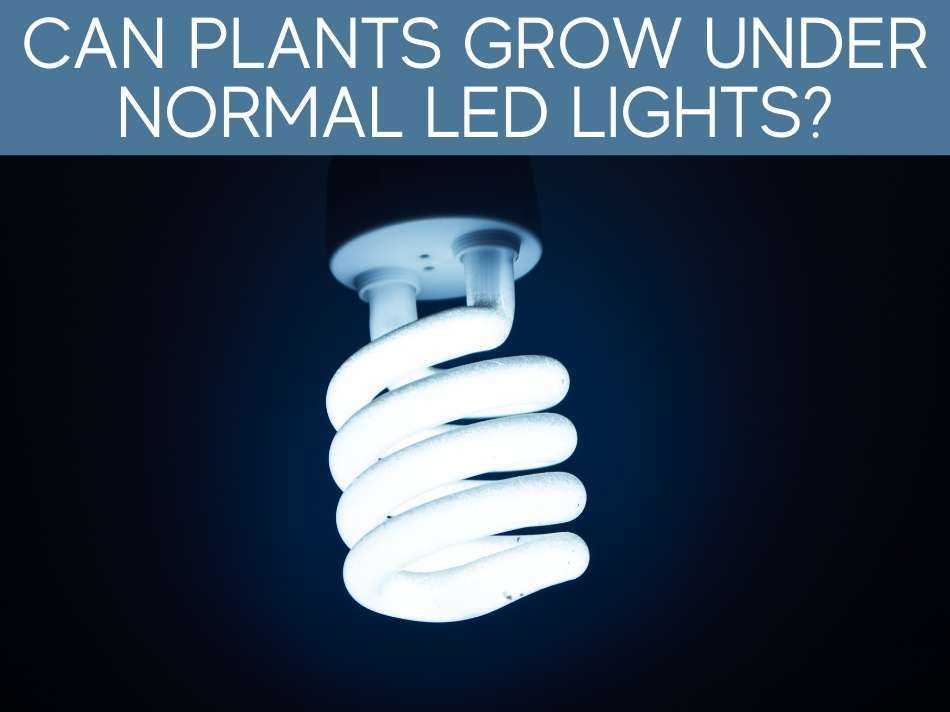
To create the white light used for human activity, red, blue, and green LEDs are combined. A green light is often added to the red and blue LEDs to balance out the purple hue.
The amount of each of these colors changes according to the manufacturer. Sometimes, a phosphor is used to cover the diodes, which converts the light to the eye-friendly white, which means that manufacturers could use any LED color in their lights. The phosphor may also alter the wavelength of the LED, which could render the colored light useless.
If you don’t know what colors are used to create your standard LED’s white light, you don’t know if it covers the spectrum’s parts most favored by plants.
Your overhead lamps might just happen to have the right balance of colors, but why risk it when grow light LEDs are so readily available?
Can LED Lights Be Used for Grow Lights?
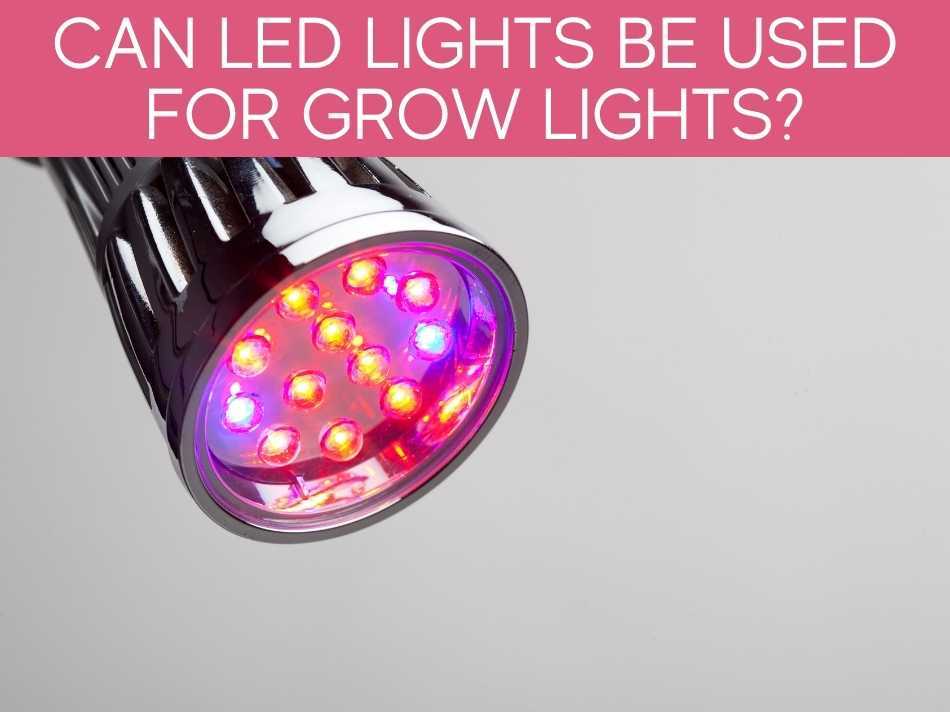
LED lights, especially plant lights, are great for growing plants.
Some plants grow even more efficiently in indoor settings with LED lights than they would outdoors–especially if the light wavelengths emitted by the LED are designed to maximize plant growth.
There are different types of LEDs that cater to different stages in plant growth.
- Red lights are particularly helpful in stabilizing seedlings, and encouraging the plant to flower and bear fruit.
- Blue light assists with chlorophyll production, giving the plants strong stems, leaves, and rich green color.
You can check out my entire article to see how the color of light affects plant growth.
Can Regular LED Lights Grow Plants?
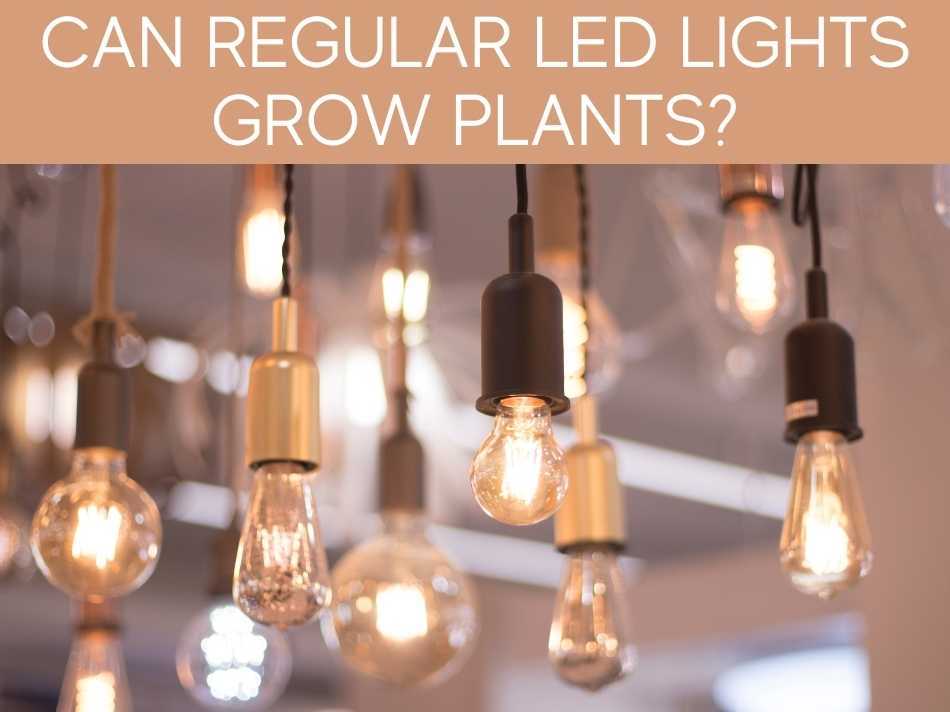
Regular LEDs MIGHT produce enough of a certain color of light to help your plants along a very small amount.
However, they are not specially tuned for plant growth.
Another problem with using regular LED lights in your home is they are often mounted on the ceiling.
Unless your plant is hanging within a foot of the light, it’s unlikely the LED will do anything at all.
Can You Use Any LED Light as a Grow Light?
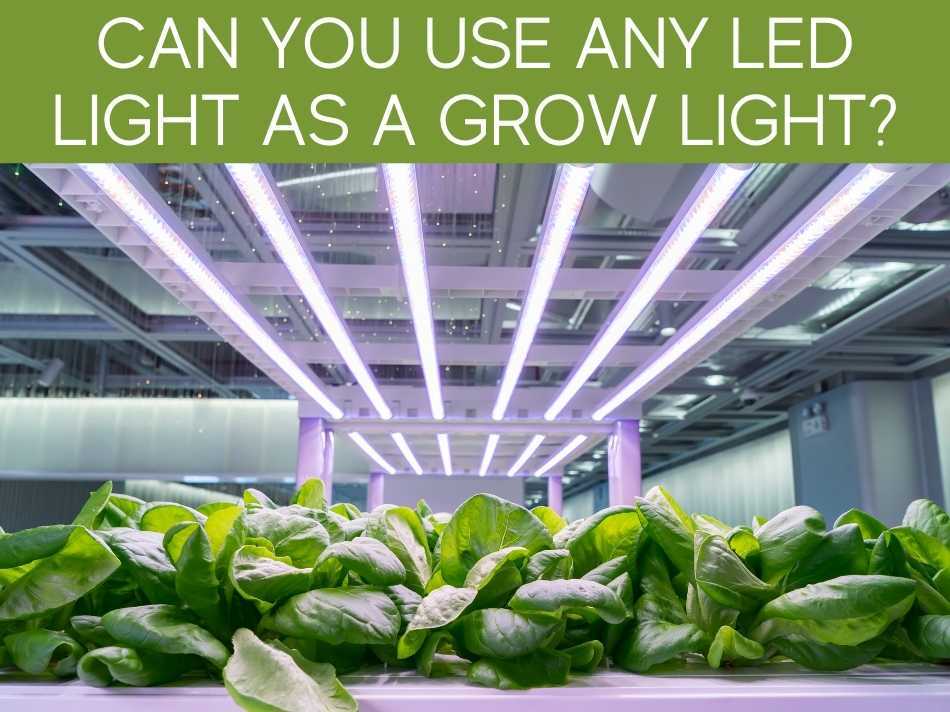
If you have a plant in a windowless room, there is a small chance it could survive if you kept it right underneath a regular LED light.
Since there is likely some combination of red, green, and blue LEDs used in your regular light, the plant can surely use some of the light produced.
However, you’ll have much better results if you invest in a grow light LED.
If you’re going to try and use a regular LED light to supplement a plant’s growth, you’ll have a better chance of succeeding if you select a low-light plant.
The following plants have the best chance of surviving with limited LED light:
- Pothos/Devil’s Ivy can seemingly survive anything
- Snake plants need little light and low water, too
- Bromeliads have been known to grow well on artificial light
- ZZ plants are slow-growing and don’t need much light
- Heartleaf philodendron is a trailing plant that will fight to survive
- Peace lilies add deep green color and elegant texture to a dark room
- Marimo moss balls are the ultimate “no-light” plant, as they are naturally found at the bottom of dark lakes
Are LED Lights Good for Plants?
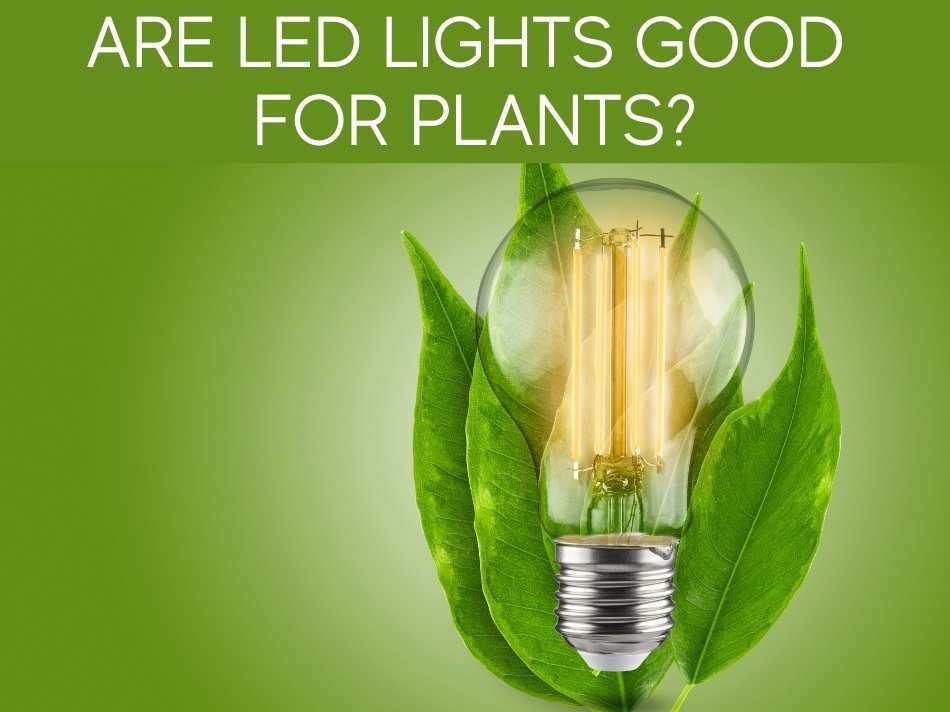
While plants benefit from the sunshine, water, and nutrient-rich soil, they will also enjoy a grow light LED.
LED grow lights are good for plants when placed within 1-3 feet of the plant and when they are a properly attuned combination of red, blue, and green colored LEDs.
Plants will benefit greatly from an LED plant light if they cannot be near a window to absorb natural light.
Summary
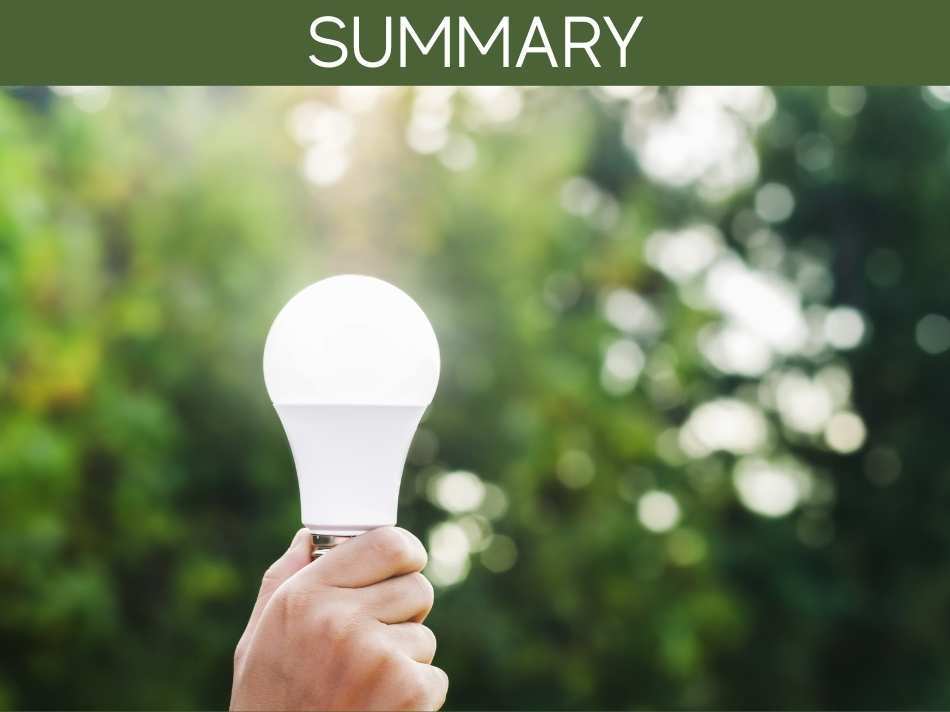
LED grow lights are a great way to supplement your plant’s growth. However, LEDs that are specifically designed to encourage plant growth are MUCH more efficient than regular LEDs at encouraging plant growth.
Plain LEDs used for lighting in homes and public spaces are designed to emit light that is comfortable for the human eye, not helpful for plant growth.
Some plants may survive next to a regular LED, but these plants need to be okay with low-light habitats in general. Don’t try and grow sun-loving plants under a regular LED light, as they will eventually die.

